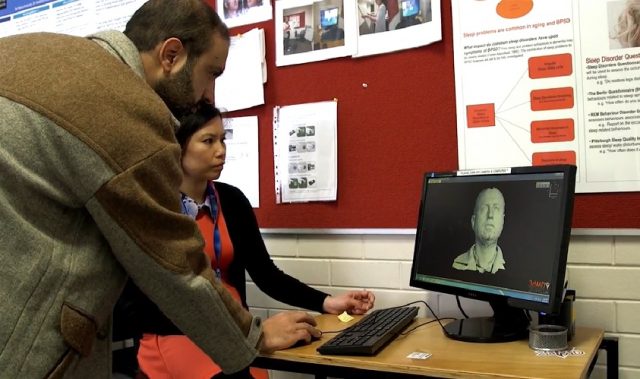
AsianScientist (Jul. 27, 2016) – Researchers in Australia have revealed yet another use for 3D printing—to design devices used in superconductivity experiments.
Using an aluminium-silicon alloy, researchers at The University of Western Australia (UWA) printed a resonant microwave cavity that shows superconductivity when cooled below the critical temperature of aluminium. Their work was published in Applied Physics Lettters.
Professor Michael Tobar, an Australian Research Council Laureate Fellow from UWA’s School of Physics, said superconducting cavities are highly useful in many areas of physics, from quantum physics to particle accelerators. Conductivity measures how easily an electrical current flows through a material, while superconductivity refers to this measure taken to its extreme, he explained.
Tobar said the mechanical properties of parts produced by this method had been well studied, but not enough attention had focused on their electrical properties.
“The physics of superconductivity is well understood, and it has been known for decades that aluminium exhibits superconductivity,” Tobar said.
“But the 3D printing process relies on aluminium that’s far from pure and it undergoes several processes, such as atomization, laser melting, furnace annealing etc. So we wanted to explore whether a range of known superconducting metals could successfully be 3D printed and retain their desirable electrical property.”
Beyond measuring the superconductivity, the researchers wanted to show that they could do something potentially useful with this technique, so they decided to 3D print a resonant microwave cavity. These devices are commonly used in various areas of physics.
“Using a device called a vector network analyzer, we excited electromagnetic modes of resonance at microwave frequencies inside the cavity and measured its quality factor, known as ‘Q’,” Tobar said.
“This is a measure of how long injected microwaves are stored within the cavity before being lost. It’s directly related to the surface resistance of the cavity walls.”
Through their experiments, the researchers were able to show that the material becomes superconducting at 1.2 Kelvin.
“This result was surprising, given the very large concentration of non-superconducting silicon within the alloy,” said Tobar. “It may open new possibilities for printing novel cavity configurations that are otherwise currently impossible for machine use.”
The article can be found at: Creedon et al. (2016) A 3D Printed Superconducting Aluminium Microwave Cavity.
———
Source: University of Western Australia.
Disclaimer: This article does not necessarily reflect the views of AsianScientist or its staff.












